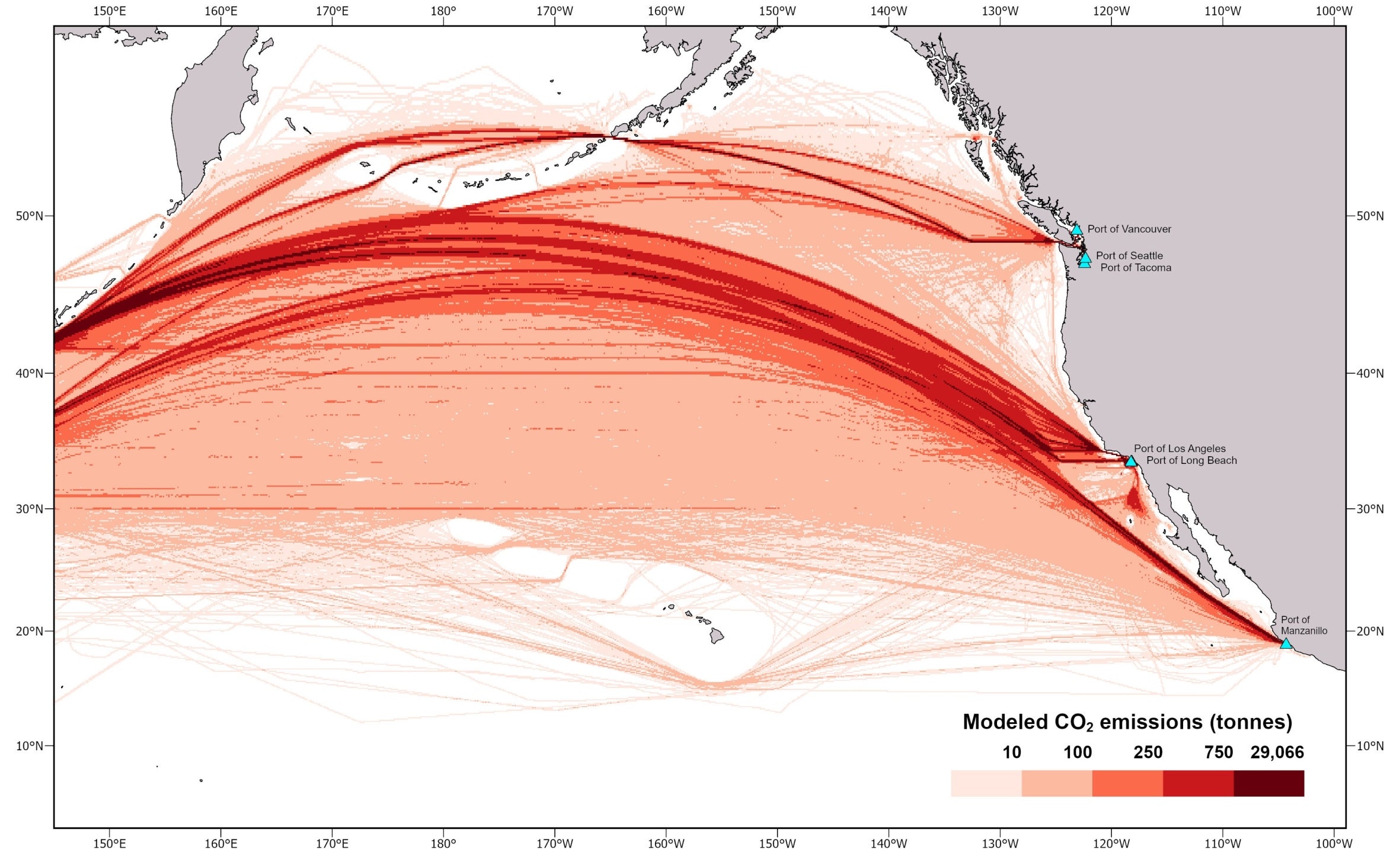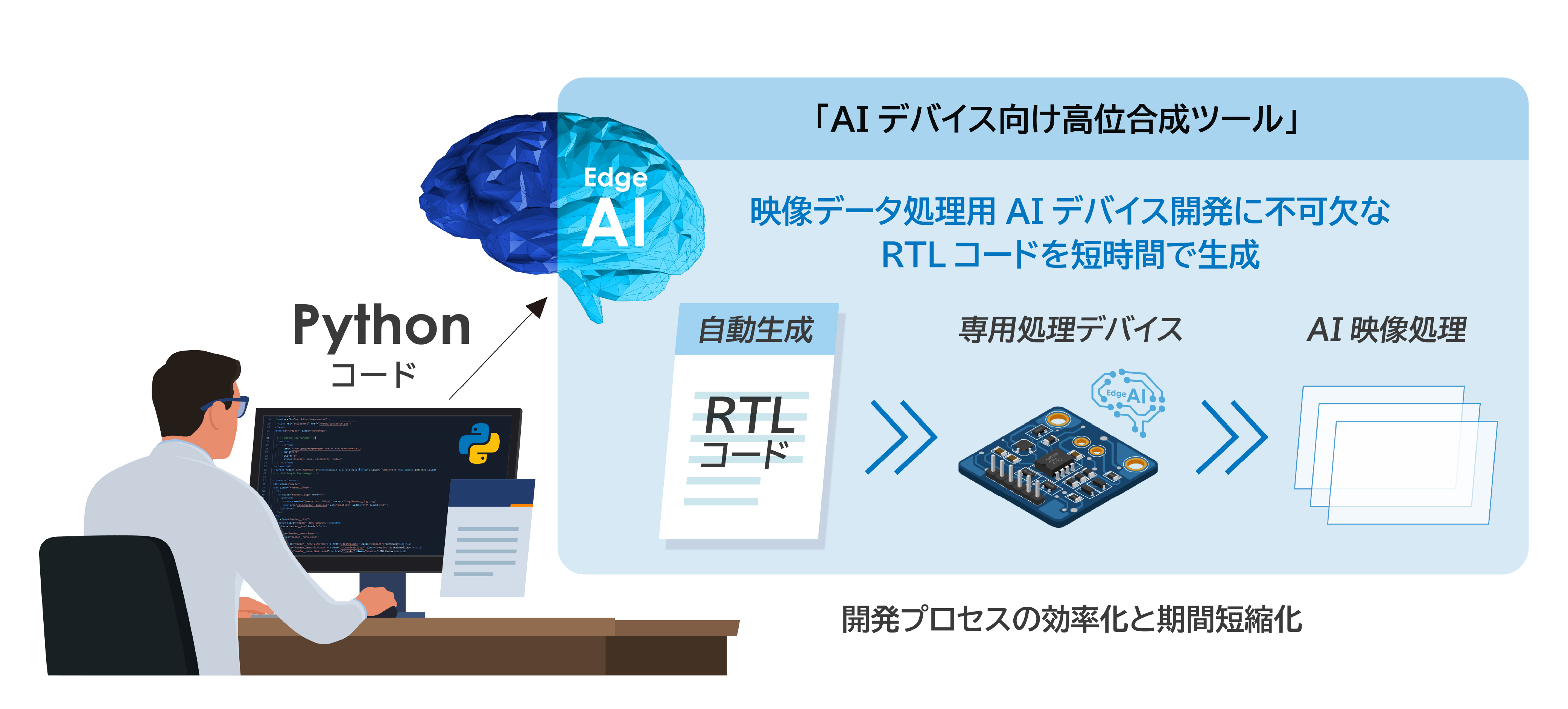2025-05-27 シカゴ大学(UChicago)
<関連情報>
- https://news.uchicago.edu/story/new-measure-universes-expansion-suggests-resolution-conflict
- https://iopscience.iop.org/article/10.3847/1538-4357/adce78
シカゴ・カーネギー・ハッブル計画(CCHP)の現状報告: ハッブル宇宙望遠鏡とジェイムズ・ウェッブ宇宙望遠鏡によるハッブル定数の測定 Status Report on the Chicago-Carnegie Hubble Program (CCHP): Measurement of the Hubble Constant Using the Hubble and James Webb Space Telescopes
Wendy L. Freedman, Barry F. Madore, Taylor J. Hoyt, In Sung Jang, Abigail J. Lee, and Kayla A. Owens
The Astrophysical Journal Published: 2025 May 27
DOI:10.3847/1538-4357/adce78

Abstract
We present the latest results from the Chicago-Carnegie Hubble Program to measure the Hubble constant, using data from the James Webb Space Telescope (JWST). The overall program aims to calibrate three independent methods: (1) tip of the red giant branch (TRGB) stars, (2) J-region asymptotic giant branch (JAGB) stars, and (3) Cepheids. To date, our program includes 10 nearby galaxies, hosting 11 Type Ia supernovae (SNe Ia) suitable for measuring the Hubble constant (H0). It also includes the galaxy NGC 4258, whose geometric distance provides the zero-point calibration. In this paper, we discuss our results from the TRGB and JAGB methods. Our current best (highest-precision) estimate is H0 = 70.39 ± 1.22 (stat) ± 1.33 (sys) ± 0.70 (σSN), based on the TRGB method alone, with a total of 24 SN Ia calibrators from both Hubble Space Telescope and JWST data. Based on our new JWST data only, and tying into SNe Ia, we find values of H0 = 68.81 ± 1.79 (stat) ± 1.32 (sys) for the TRGB, and H0 = 67.80 ± 2.17 (stat) ± 1.64 (sys) km s−1 Mpc−1 for the JAGB method. The distances measured using the TRGB and the JAGB methods agree, on average, at a level better than 1%, and with the SHoES Cepheid distances at just over the 1% level. Our results are consistent with the current standard Lambda cold dark matter (ΛCDM) model, without the need for the inclusion of additional new physics. Future JWST data will be required to increase the precision and accuracy of the local distance scale.



